How long is a cricket match? Match duration, facts and all the details
Cricket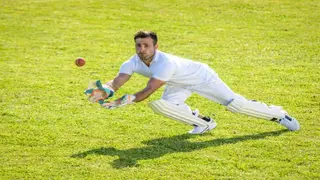
Understanding hockey positions is integral to mastering the game, whether on the field or on ice. Each has distinct responsibilities and requires specific skills. From offence-focused roles like the centre to defence-centric ones like the goaltender, these positions define the strategic flow of the game.
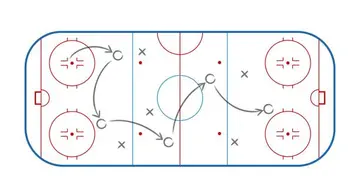
Learning about hockey positions can significantly enhance one’s appreciation of the game’s complexities and strategy. Navigating their diverse array and intricacies is a rewarding journey that unveils the core strategies and beautiful complexity embedded within this fast-paced sport.
They are crucial to understanding whether you are an avid fan, a new viewer, or an aspiring player. They dictate the responsibilities of each player and largely influence the game’s flow.
In hockey, there are usually six players on the ice, each with a unique position: a goalie, two defensemen, and three forwards. Each position requires a different set of skills and plays a distinct role in the game’s offensive and defensive aspects. We will break these down further in the following sections.
How long is a cricket match? Match duration, facts and all the details
Cricket

Field positions can be a bit complex for newcomers. However, they become more apparent once you understand the flow and dynamics of the game.
There are eleven players on each team, ten field players and one goalkeeper. Field spot names include forwards, midfielders, defenders, and a goalkeeper. Each field position plays a unique role and has its own responsibilities.
Field hockey spots explained: the forwards are usually the main attackers, focusing on scoring goals. Midfielders control the game and connect the forwards and defenders. Defenders protect the goal and try to keep the opposing team from scoring, while the goalkeeper prevents the ball from entering the goal.
These consist of three types of forwards (centre, left-wing, right-wing), two defensemen (left and right), and a goaltender. These 6 ice hockey positions and roles are essential in both offensive and defensive strategies.
Rules of American football: Understanding the rules and requirements of NFL
NFL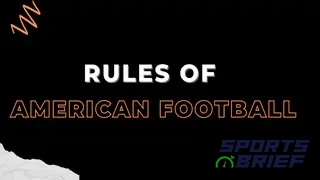
Ice hockey positions explained: The centre leads attacks by controlling the puck and making plays. The wingers aid in attacks and also help in defence. Defensemen prevent the opposing team from scoring, while the goaltender is the last line of defence, stopping pucks from entering the net.
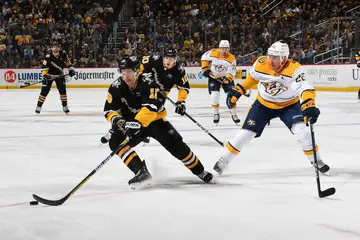
Floor hockey spots are similar to ice hockey spots. They include a centre, two wingers, two defensemen, and a goalie. However, the dynamics of the game differ slightly due to the playing surface.
Floor hockey’s slower pace than the ice one changes how positions interact. For instance, defensemen may have more opportunities to contribute to offensive plays due to the slower transition from offence to defence.
The “best position” in hockey is subjective and can vary depending on an individual’s skill set and style of play. The goaltender might be the best spot for someone with strong defensive skills and quick reflexes.
Basketball positions explained: Key positions in basketball and their roles
NBA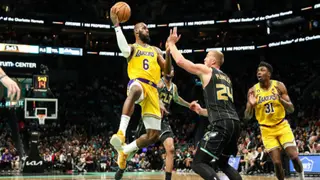
However, a forward spot such as centre or winger may be best for someone who loves scoring and has good stickhandling skills. Thus, the “best” position is highly individual and depends on personal preference and skill set.
A hockey positions chart can help to visually represent where players are usually positioned on the field or ice. It can also help understand players’ settings and movements in different scenarios.
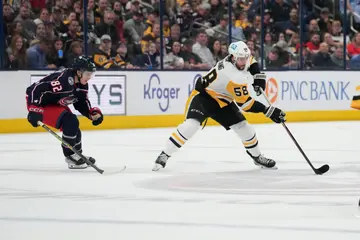
The rules of hockey are fundamental to the game and directly influence player positions and responsibilities. The basic rules involve offside, icing, penalties, face-offs, and the objective of scoring goals by hitting the puck into the opponent’s net using a hockey stick. Some basic rules include:
What are the lacrosse rules and regulations? How to play the game
Other Sports
In relation to spots, one important rule to remember is the offside rule in ice hockey, where players (typically forwards) cannot precede the puck into the offensive zone. This impacts how forwards can position themselves during offensive plays.
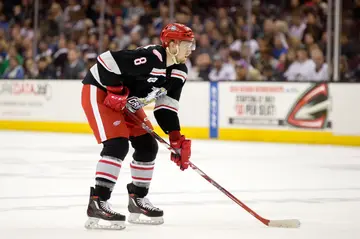
It is difficult to single out the most important position in hockey as each position plays a crucial role. However, many argue that the goaltender is the most critical because they are the last line of defence and can significantly influence the game’s outcome.
Similarly, the centre is often considered a vital spot due to its role in both offensive and defensive plays. They must have excellent stickhandling skills, speed, and a good understanding of the game.
In most cases, the spot that scores the most in hockey is the centre. The centre is often the playmaker and is involved in most offensive plays. They need to have good stickhandling skills and scoring abilities to fulfil their role effectively.
What does a small forward do in basketball? The main roles of a SF explained
NBA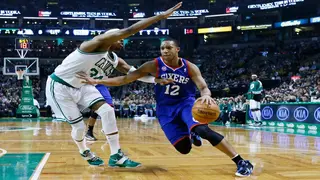
However, this does not mean wingers or even defensemen do not score. Wingers, and occasionally defensemen, are known to contribute significantly to the team’s scoreline, depending on the strategy and the players’ skill sets.
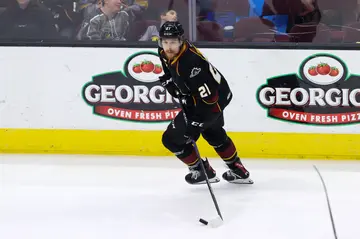
The defence spots are held by two players known as defensemen. Their primary role is to prevent the opposing team from scoring by blocking shots, stealing the puck, and defending their goal.
Defensemen require excellent skating skills, strong physical presence, and good positional awareness. They work closely with the goaltender and are key in orchestrating breakouts from the defensive zone to initiate offensive plays.
A centre in hockey is often the team’s backbone, playing a significant role in both offence and defence. They are responsible for winning face-offs, setting up plays, scoring goals, and assisting in defending their team’s goal.
Centres are generally strong skaters, excellent stick handlers, and thoroughly understand the game. Their role is multifaceted, requiring them to adapt quickly to changing game situations, making it one of the most challenging spots to master.
What does a power forward do? Explaining the role of a power forward in basketball
NBA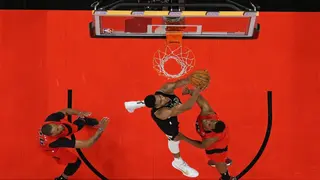
Hockey positions provide a framework for the game’s strategic play and dictate each player’s unique role. Whether you are an aspiring player or a dedicated fan, a sound understanding of these positions can enrich your experience and deepen your love for the sport.
READ ALSO: NHL goalies: Who are the 10 best goalies in the NHL at the moment?
Sports Brief published an article about the 10 best goalies in the NHL. The National Hockey League goaltenders play crucial roles in their teams. Over the years, the league has produced exceptional goalies who have pulled incredible stats.
NHL goalies have earned an excellent reputation for their performance, proving that the league’s future is in good hands. Click on the above link to read more!